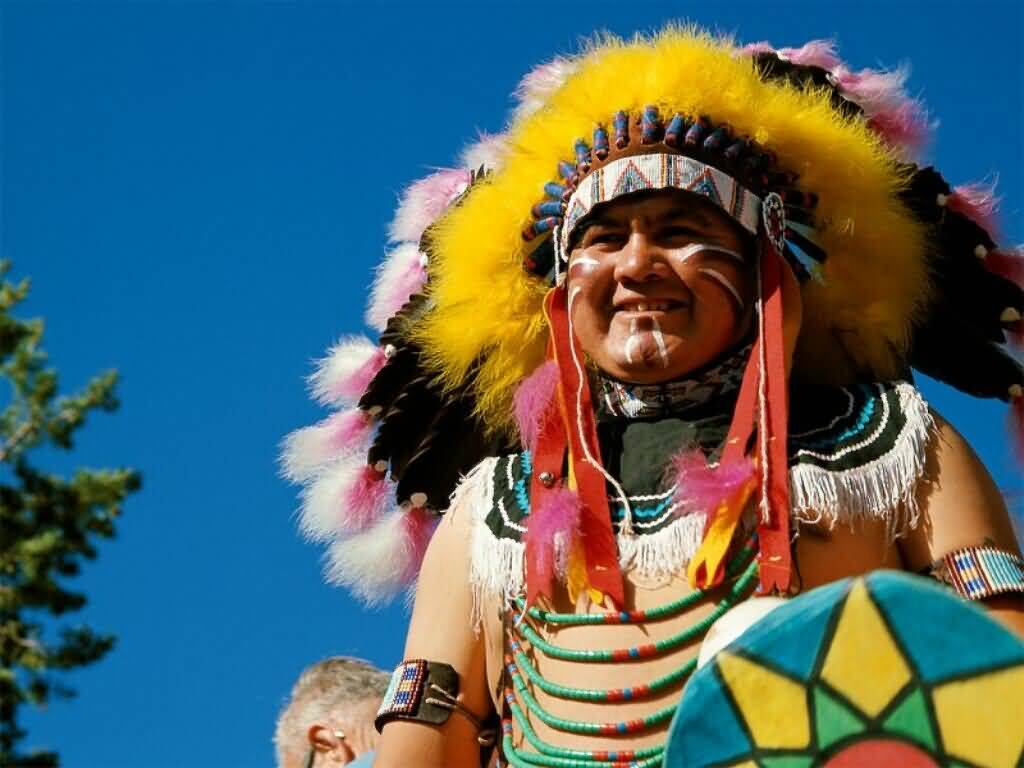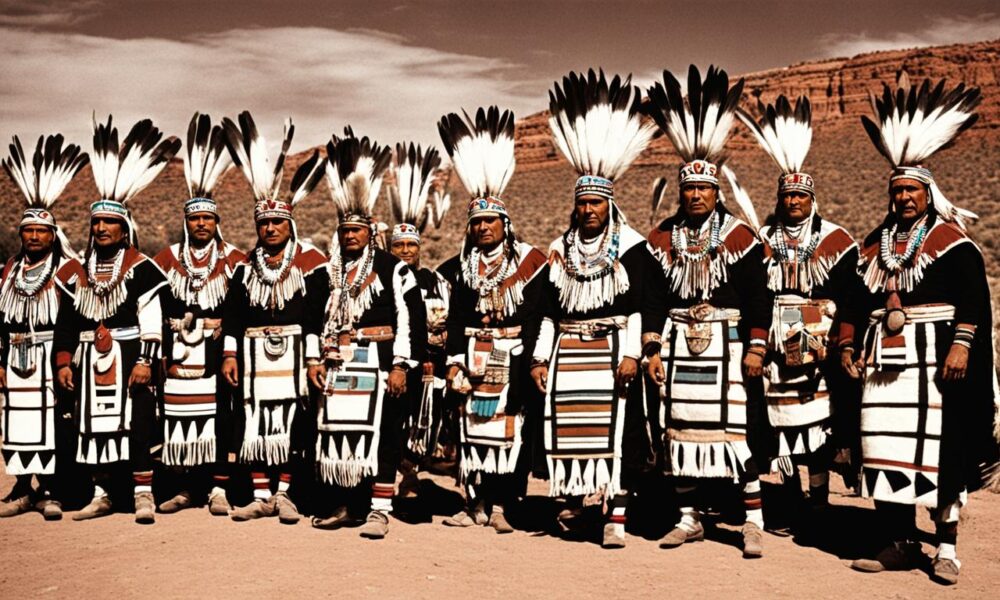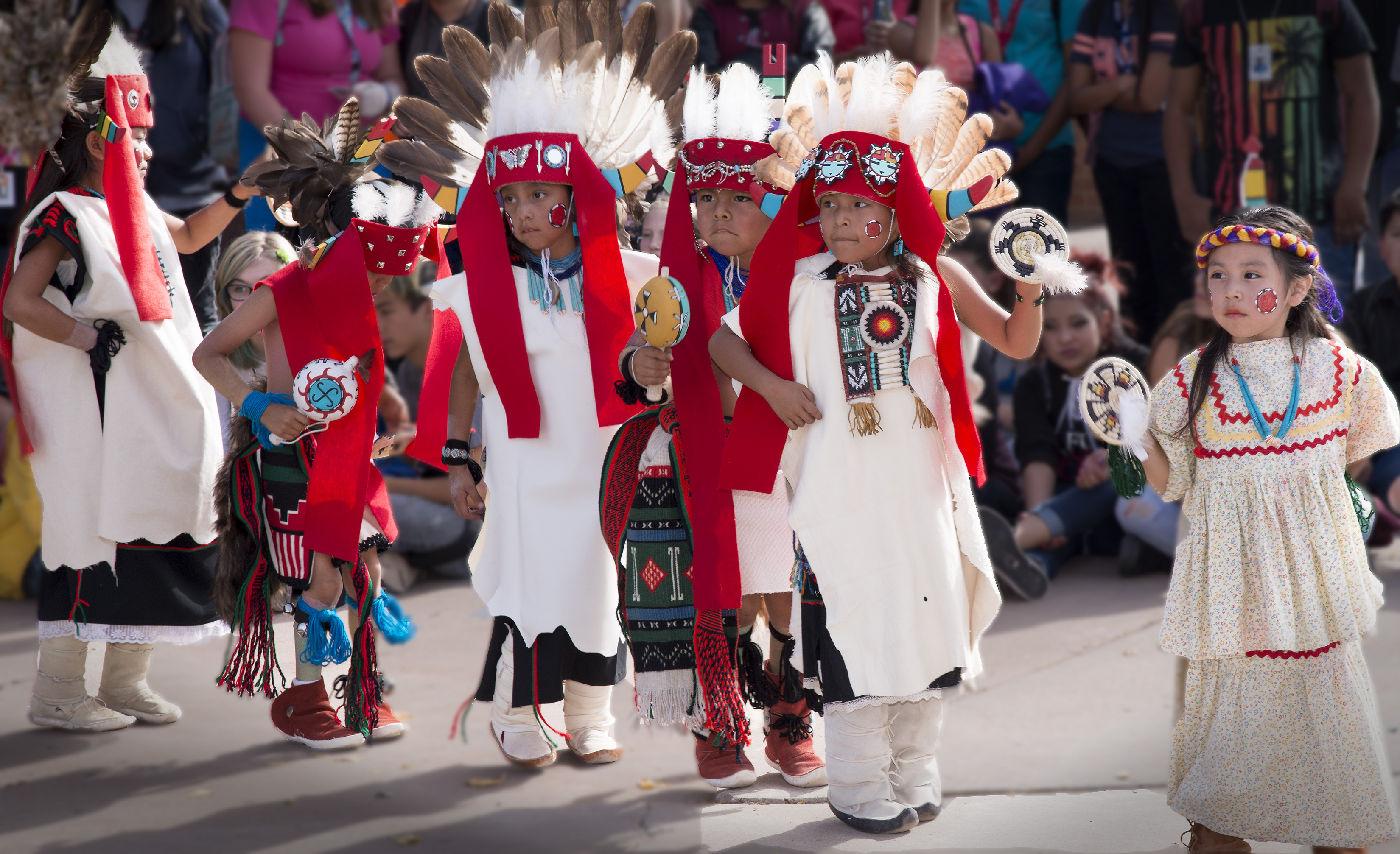
Tracing the Living Map: A Journey Along the Hopi Ancestral Migration Routes
The American Southwest is a landscape steeped in antiquity, a vast canvas painted with ochre dust, towering mesas, and canyons that whisper tales of millennia. For many, it’s a destination for scenic beauty or historical curiosity. But for those willing to look deeper, to listen beyond the wind, it offers an unparalleled opportunity to engage with a living, breathing history – specifically, the profound and ongoing journey of the Hopi people. This isn’t just about reviewing a single location; it’s an invitation to explore a network of sacred sites and landscapes that form the "map" of the Hopi ancestral migration, a spiritual odyssey unlike any other.
Forget the conventional tourist trails for a moment. To truly appreciate the Hopi migration routes is to understand that the "map" isn’t merely a static representation of historical movements. It’s a dynamic, spiritual blueprint, a testament to an enduring cultural philosophy that views movement not as an escape or conquest, but as a sacred quest for balance, harmony, and the "center place" of the world. The Hopi believe their ancestors were tasked with migrating across vast stretches of North and Central America, leaving their mark, learning from the land, and ultimately gathering at the Three Mesas in what is now northeastern Arizona – their current and prophesied home. This journey, recorded in oral traditions, petroglyphs, and the very architecture of ancient ruins, is the focus of our exploration.
The Philosophy of Movement: More Than Just Travel

Before we delve into specific locations, it’s crucial to grasp the underlying philosophy. The Hopi migration was not a random wandering. It was a pilgrimage, dictated by spiritual instructions from the Creator, Maasaw. Each clan undertook its own unique journey, often separating and reuniting, facing challenges, and leaving behind markers. These markers – whether a distinctive pottery style, a particular architectural feature, or a petroglyph panel – are the breadcrumbs of their past, the "dots" on their living map. The purpose was to learn, to grow, and to ultimately reach the specific location where they would emerge into this Fourth World and become the stewards of the land, responsible for maintaining balance through their ceremonies and way of life.
This deep spiritual connection means that every location along the migration route, even those now in ruins, holds immense significance. They are not merely archaeological sites; they are sacred ground, imbued with the memories and spirit of the ancestors. Approaching these places requires a level of respect and humility that transcends typical tourism.
The Map Unfolds: Key Locations and Landscapes
While a comprehensive "Hopi migration tour" is neither feasible nor appropriate given the sacred nature of many sites and the vastness of the routes, a respectful traveler can engage with segments of this journey. We’ll look at categories of sites that represent different facets of the migration, providing a framework for understanding this profound cultural landscape.

1. The Hopi Mesas: The Center Place
Our journey logically begins and culminates at the Hopi Mesas themselves: First Mesa, Second Mesa, and Third Mesa. These are not merely villages; they are the heart of Hopi culture, the "center place" found after generations of migration. Perched atop dramatic sandstone bluffs, these ancient settlements – some like Old Oraibi dating back over a thousand years, making them among the oldest continuously inhabited communities in North America – are the living embodiment of the migration’s ultimate goal.
Review: Visiting the Hopi Mesas is an unparalleled cultural immersion. While access to many areas is restricted, and independent exploration is generally not permitted (and often requires a Hopi guide), designated cultural centers like the Hopi Cultural Center on Second Mesa offer invaluable insights. Here, you can learn about Hopi history, art, and traditions, view traditional crafts, and sometimes even observe dances or participate in cultural events with permission. The views from the mesas are breathtaking, offering a panoramic sweep of the vast, spiritual landscape. Walking through Walpi Village on First Mesa (often with a Hopi guide) is like stepping back in time, witnessing homes built directly into the rock, kivas (underground ceremonial chambers), and the enduring strength of a community deeply connected to its past and future. The feeling here is one of profound peace, resilience, and an unbroken lineage stretching back to the earliest migrations. It’s a powerful reminder that the journey continues, manifested in daily life, ceremony, and the continued stewardship of the land.
Traveler’s Note: Always respect posted signs, ask for permission before taking photos (often prohibited), and engage with humility. This is not a theme park; it is a vibrant, sacred homeland.

2. Ancestral Puebloan Ruins: Waypoints on the Path
Scattered across the Four Corners region and beyond are countless Ancestral Puebloan (Anasazi) ruins. Many of these sites, while now vacant, are considered ancestral homes by the Hopi, temporary stops where their clans lived, learned, and left their mark before continuing their migrations. These ruins are physical evidence of the vastness and complexity of the routes.
Review: Engaging with these sites offers a tangible connection to the migration.
- Wupatki National Monument (Arizona): Just north of Flagstaff, Wupatki offers a fascinating glimpse into a diverse multi-cultural hub from around 900-1200 AD. Hopi clans are believed to have lived here, interacting with other groups. The ruins, including a large pueblo and a ballcourt, are remarkably preserved. Walking among these structures, imagining the lives lived here, one feels the echoes of ancient footsteps. The distinct red sandstone and the ingenious architecture speak of adaptability and a deep understanding of the environment.
- Homolovi State Park (Arizona): Located near Winslow, Homolovi is explicitly managed in partnership with the Hopi Tribe, recognizing it as an important ancestral site. It features several large pueblo ruins, some dating back to the 13th and 14th centuries, which are believed to be direct ancestral villages of several present-day Hopi clans. The site is less visited than some others, offering a more serene and contemplative experience. The interpretive signs often include Hopi perspectives, enriching the understanding of the site’s significance beyond mere archaeology. The sheer size of the unexcavated mounds hints at a vast past waiting to be fully understood.
- Canyon de Chelly National Monument (Arizona): Within the Navajo Nation, Canyon de Chelly is a profound experience. While primarily managed by the Navajo, it holds immense significance for the Hopi as well, with many ancestral sites dotting its sheer canyon walls. White House Ruin, accessible by a strenuous hike, or Spider Rock, viewed from a scenic overlook, are powerful reminders of ancient habitation. Navajo guides are mandatory for entering the canyon floor, and they often share both Navajo and ancestral Puebloan perspectives, emphasizing the shared history of the land. The sense of deep time and human endurance here is palpable.

Traveler’s Note: When visiting ancestral sites, remember that they are sacred. Do not disturb artifacts, stay on marked trails, and approach with reverence. Many are protected by federal and tribal laws.
3. Petroglyph and Pictograph Sites: The Ancestors’ Messages
Across the Southwest, rock art sites serve as powerful visual records of the migration. These aren’t just ancient doodles; they are messages, stories, warnings, and spiritual records left by the ancestors. Many of these symbols – handprints, animal figures, clan symbols, migration spirals – are directly tied to Hopi oral traditions and migration accounts.
Review: Encountering rock art is like reading chapters of an ancient book.
- Newspaper Rock (Utah/Arizona): While many Newspaper Rocks exist, the one near Canyonlands National Park in Utah features an astounding concentration of petroglyphs, many of which bear striking resemblances to symbols found in Hopi traditions. It’s a public, easily accessible site that offers a powerful introduction to the concept of rock art as historical record.
- Petrified Forest National Park (Arizona): This park is not only famous for its colorful fossilized wood but also for numerous petroglyph sites, particularly along the Puerco Pueblo trail. Here, you can see intricate designs etched into black desert varnish, some believed to be migration symbols. The setting, surrounded by the unique painted desert landscape, enhances the feeling of stepping into an ancient narrative.
- Accessible Sites on Tribal Lands: Many petroglyph sites exist on Hopi and Navajo lands. Access often requires a permit and/or a guide. These are often the most authentic experiences, as a local guide can interpret the symbols through the lens of their own cultural understanding, directly linking them to the migration stories.
Traveler’s Note: Never touch rock art. The oils from human skin can damage these irreplaceable records. Observe, photograph from a distance, and appreciate their profound historical and spiritual value.
4. Sacred Natural Features: Mountains, Springs, and Canyons
Beyond built structures, the natural landscape itself is an integral part of the Hopi migration map. Specific mountains (like the San Francisco Peaks, which the Hopi call Nuva’tukya’ovi, a sacred dwelling place of the Kachinas), springs, and unique geological formations are deeply embedded in their narratives. They are not merely landmarks but living entities with spiritual significance.
Review: While you can’t "review" a mountain in the conventional sense, understanding its sacred role transforms the experience of seeing it. Standing at the base of the San Francisco Peaks, for example, knowing their profound spiritual importance to the Hopi, adds an immense layer of meaning to their grandeur. Visiting a natural spring, once a vital water source for migrating clans, connects you directly to the practical realities and spiritual dependence on the land. These natural features are the unchanging constants in the migration story, witnessing millennia of human movement and spiritual quest. They are silent guardians, powerful reminders of the enduring connection between the Hopi and their homeland.
The Experience of Tracing the Route: Responsible Engagement
Embarking on a journey related to the Hopi ancestral migration is not a casual road trip. It’s an opportunity for profound learning and self-reflection.
Mindset: Approach this experience with respect, humility, and an open heart. Understand that you are a visitor on sacred ground, learning about a culture that has endured for thousands of years.
Guides: Whenever possible, hire indigenous guides. Their knowledge, stories, and perspectives are invaluable and cannot be replicated by guidebooks. They also ensure that your visit is respectful and benefits the local community directly.
Permits & Regulations: Always adhere to tribal regulations, secure necessary permits, and be mindful of areas closed to visitors.
Support Local: Purchase authentic crafts directly from Hopi artists and support local businesses. This directly contributes to the well-being of the communities whose history you are exploring.
Learn: Read books, watch documentaries, and visit museums (like the Museum of Northern Arizona in Flagstaff or the Heard Museum in Phoenix) to deepen your understanding before, during, and after your trip.
The Living Legacy: An Unbroken Thread
The Hopi ancestral migration routes are far more than a historical curiosity. They represent an unbroken thread connecting the past to the present, a testament to the resilience, adaptability, and spiritual depth of the Hopi people. The "map" is not just etched into stone and earth; it lives in the oral traditions, the ceremonies, the daily lives, and the very identity of the Hopi.
To engage with these routes, even partially and respectfully, is to embark on a journey that transcends geographical distance. It’s a journey into the heart of a vibrant culture, a lesson in stewardship, and a powerful reminder of humanity’s enduring quest for meaning and connection to the land. It’s a review of a location that is, in essence, a profound spiritual state, accessible to those willing to walk with reverence on ancient paths. This is not just travel; it’s an education of the soul, an unforgettable encounter with a living map.
